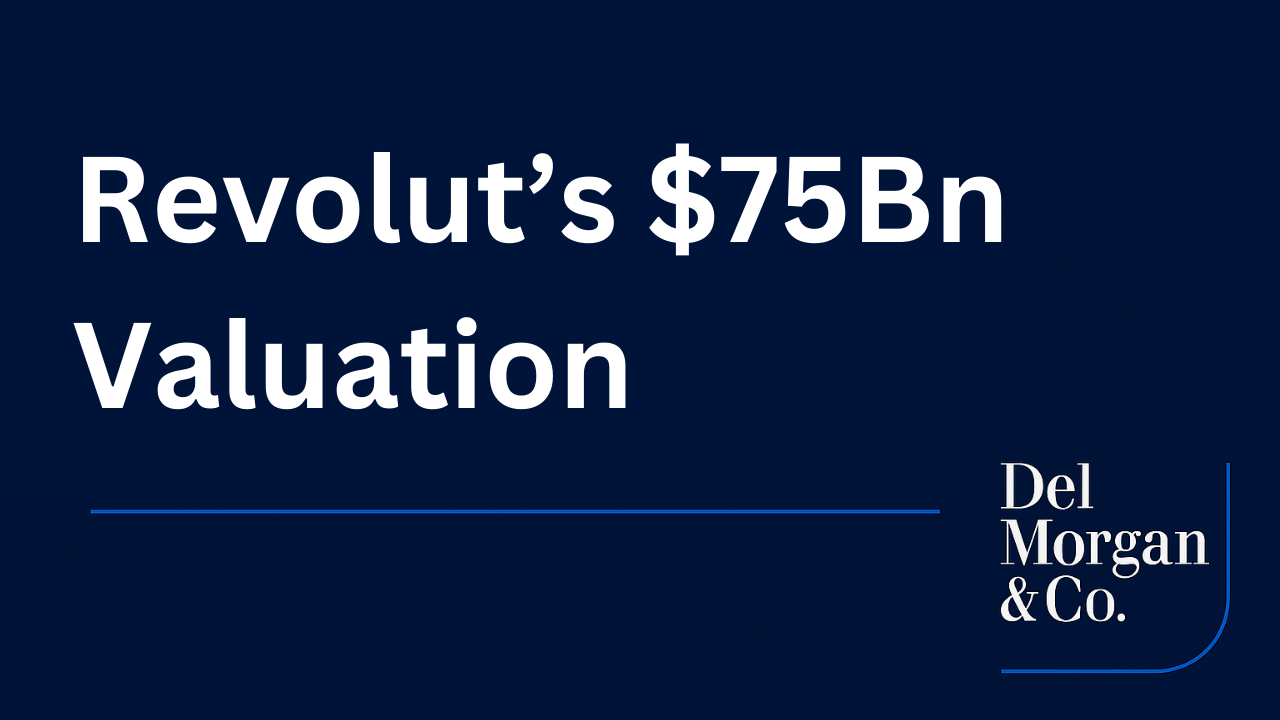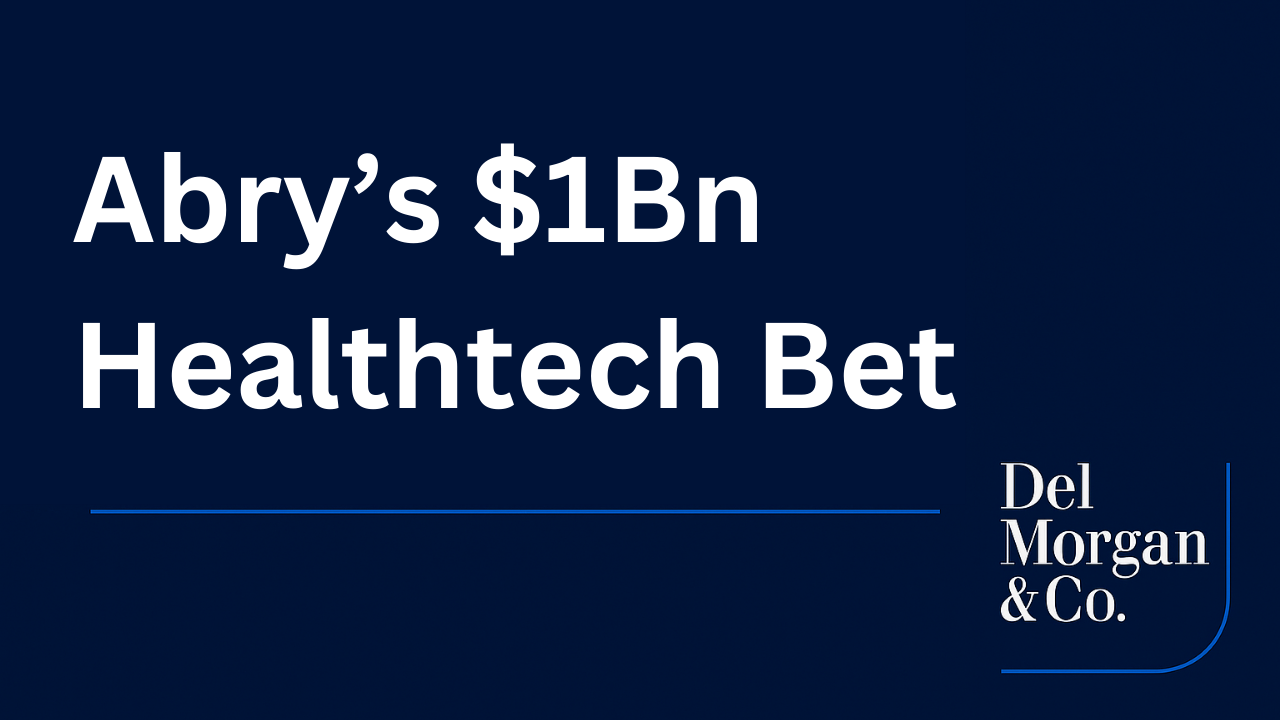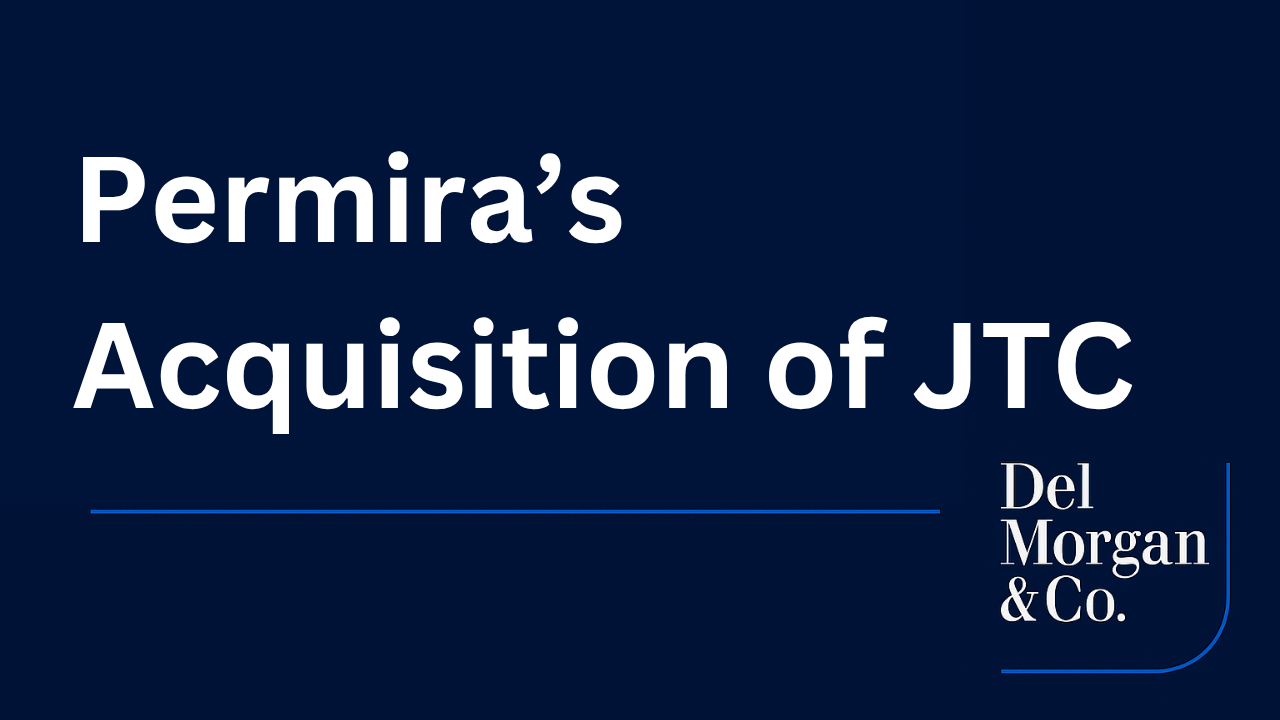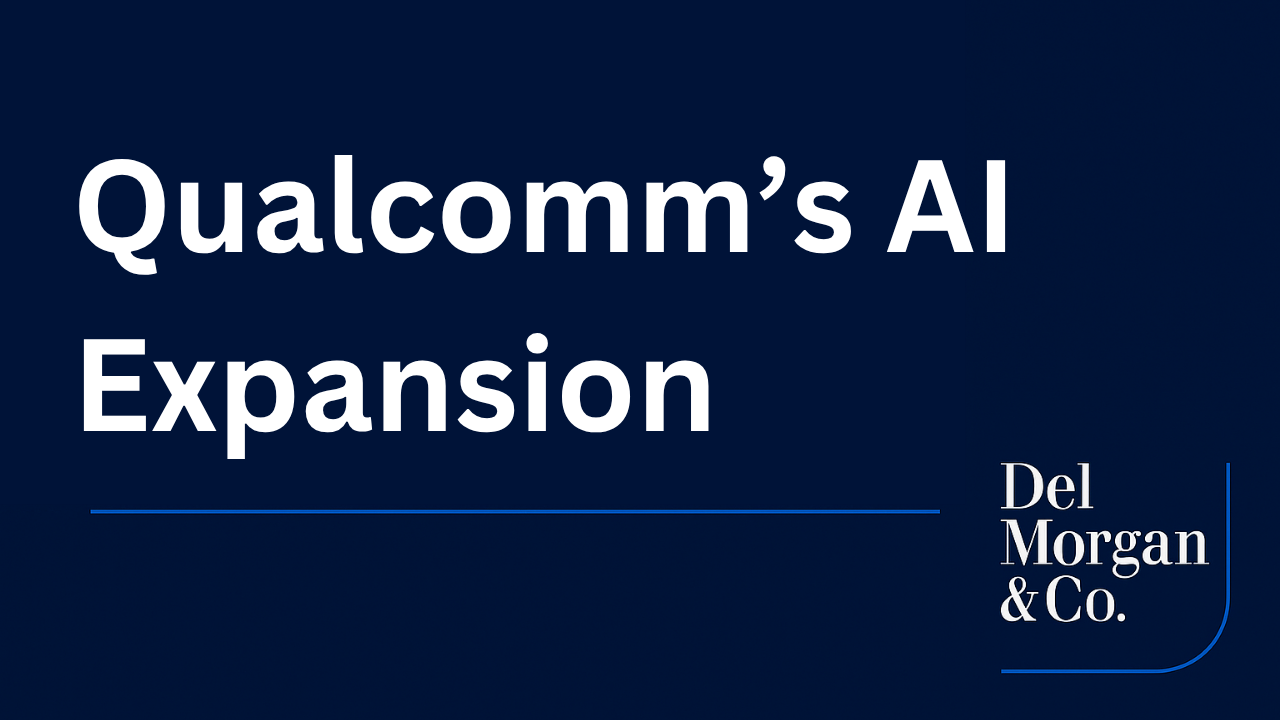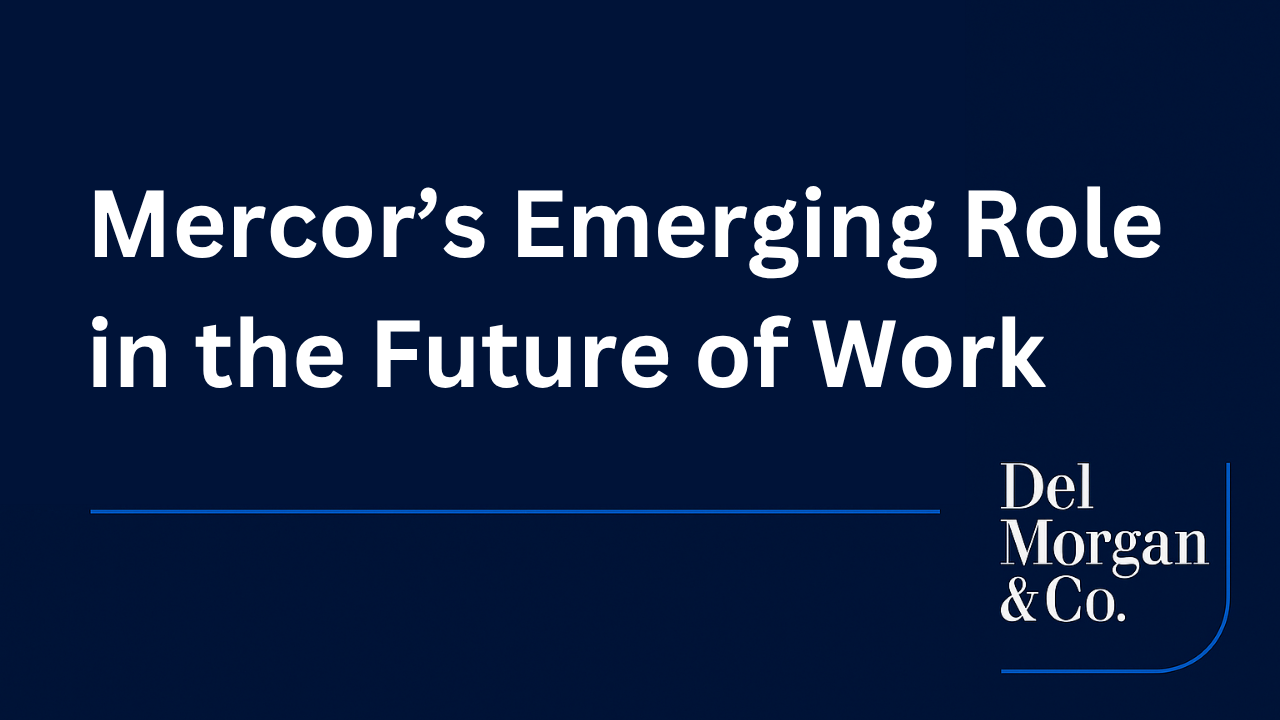Navigating AI’s Costly Frontier
Artificial intelligence (AI) is reshaping competitive dynamics across industries, driving transformative innovation. However, the escalating financial, operational and environmental costs of scaling AI technologies present significant challenges. As AI models grow increasingly complex, companies and investors are facing mounting pressure to balance technological leadership with financial sustainability.
CoreWeave’s $9 billion acquisition of Core Scientific marks a pivotal moment in this landscape, highlighting the substantial financial risks and strategic imperatives of securing the infrastructure critical to AI’s future. This transaction offers valuable insights into how businesses are addressing the high-stakes demands of AI infrastructure development.
The CoreWeave – Core Scientific Transaction
Powering AI’s transformative potential requires immense computational resources, and CoreWeave’s $9 billion all-stock acquisition of Core Scientific underscores this reality. Core Scientific, originally a cryptocurrency mining company, has pivoted to data center operations, which has made it a strategic target for CoreWeave, a leading AI infrastructure provider. The acquisition of Core Scientific provides CoreWeave with direct control over critical power and data center assets, securing approximately 1.3 gigawatts of power capacity and eliminating over $10 billion in projected future lease obligations.
This strategic move supports the high-performance computing demands of advanced AI models, such as those developed by OpenAI. However, the transaction carries significant risks: Core Scientific’s $1 billion debt burden and the dilution faced by CoreWeave’s shareholders have sparked investor concerns, reflected in post-announcement stock price declines for both firms. These dynamics underscore the complexities of integrating high-cost infrastructure in a capital-intensive sector.
The Rising Costs of Powering AI
Training and deploying sophisticated AI systems – such as large language models or AI detectors – requires vast computational resources. A single training cycle for models such as OpenAI’s GPT-4o consumes energy equivalent to the annual usage of thousands of households. This surge in demand is straining power grids in data center hubs such as Virginia, Texas and California, driving up electricity prices and raising concerns about long-term sustainability.
Environmental analyses estimate that AI data centers could generate between $5.7 billion and $9.2 billion annually in health-related costs due to increased air pollution from power generation. Beyond operational expenses, regulatory scrutiny and societal pressure to reduce carbon footprints are prompting AI companies to reassess the viability of their business models in the face of these financial and environmental challenges.
Strategies to Mitigate AI Infrastructure Costs
To address these escalating costs, AI companies are pursuing multifaceted strategies. Vertical integration is gaining prominence, as demonstrated by CoreWeave’s acquisition of Core Scientific. Major technology firms, including Microsoft, Google and Amazon, are similarly expanding proprietary data center networks to enhance cost control and service reliability.
Additionally, investments in alternative energy solutions are accelerating. Partnerships in renewable and nuclear energy projects aim to secure sustainable, cost-effective power sources while aligning with environmental, social and governance (ESG) standards. The repurposing of former cryptocurrency mining facilities, such as those owned by Core Scientific, is another growing trend. These facilities, while power-intensive, require significant upgrades in networking, cooling and security to support AI workloads.
Capital partnerships are also critical, with private equity firms, infrastructure funds and sovereign wealth funds allocating substantial resources to AI infrastructure projects. These strategies reflect the delicate balance AI companies must strike between driving innovation and achieving operational sustainability.
Stock Market Dynamics and Investor Sentiment
Equity markets are responding to AI infrastructure developments with cautious optimism. While major indices have stabilized following last year’s volatility, investors remain wary of elevated valuations, rising costs and potential regulatory hurdles. Companies involved in AI infrastructure, such as data center REITs and engineering firms, have outperformed broader benchmarks, signaling sustained confidence in the sector’s long-term growth.
However, market volatility persists as investors evaluate high-profile transactions such as CoreWeave’s acquisition. Analysts warn of a potential “AI bubble” fueled by speculative enthusiasm for AI-related companies. Investors are increasingly prioritizing firms with clear paths to monetization, whether through proprietary technologies, scalable infrastructure or differentiated market positions.
Broader Economic and Social Implications
The energy demands of AI are creating ripple effects across the economy. Rising electricity costs in data center hubs are contributing to localized inflationary pressures. Communities near large-scale facilities are voicing environmental concerns, prompting intensified policy debates over AI’s energy footprint.
The labor market is also evolving. While AI automates functions across industries, it is simultaneously driving job creation in energy engineering, data center operations and advanced hardware development. The net economic impact remains uncertain, with questions lingering about the balance between workforce displacement and new opportunities.
Geopolitically, nations are competing to attract AI infrastructure investments through tax incentives, regulatory clarity and access to affordable energy. The strategic importance of AI infrastructure has elevated it to a national security priority, intertwining technology with broader political and economic agendas.
Long-Term Strategic Outlook
Looking ahead, AI companies face complex decisions as they navigate the interplay between technological advancement and financial discipline. The sustainability of current business models is under scrutiny, given the exponential growth in energy requirements and the rising costs of maintaining competitive infrastructure.
Further consolidation in the AI infrastructure sector is likely, as firms pursue economies of scale and vertical integration to mitigate cost pressures. Technological innovations aimed at reducing power consumption will be critical in determining future industry leaders. For investors, the key question is whether AI’s growth potential can justify the significant capital commitments and operational risks required.
Ultimately, the future of AI will be shaped not only by technological breakthroughs but also by the financial and physical realities of powering these transformative technologies. CoreWeave’s $9 billion acquisition of Core Scientific serves as a stark reminder of the high stakes and strategic imperatives defining this new frontier.
About DelMorgan & Co.
DelMorgan & Co. is a leading global investment bank headquartered in Santa Monica, in the greater Los Angeles area of Southern California. With over $300 billion of successful transactions in over 80 countries, DelMorgan‘s Investment Banking professionals have worked on some of the most challenging, most rewarding and highest profile transactions in the U.S. and around the globe.

